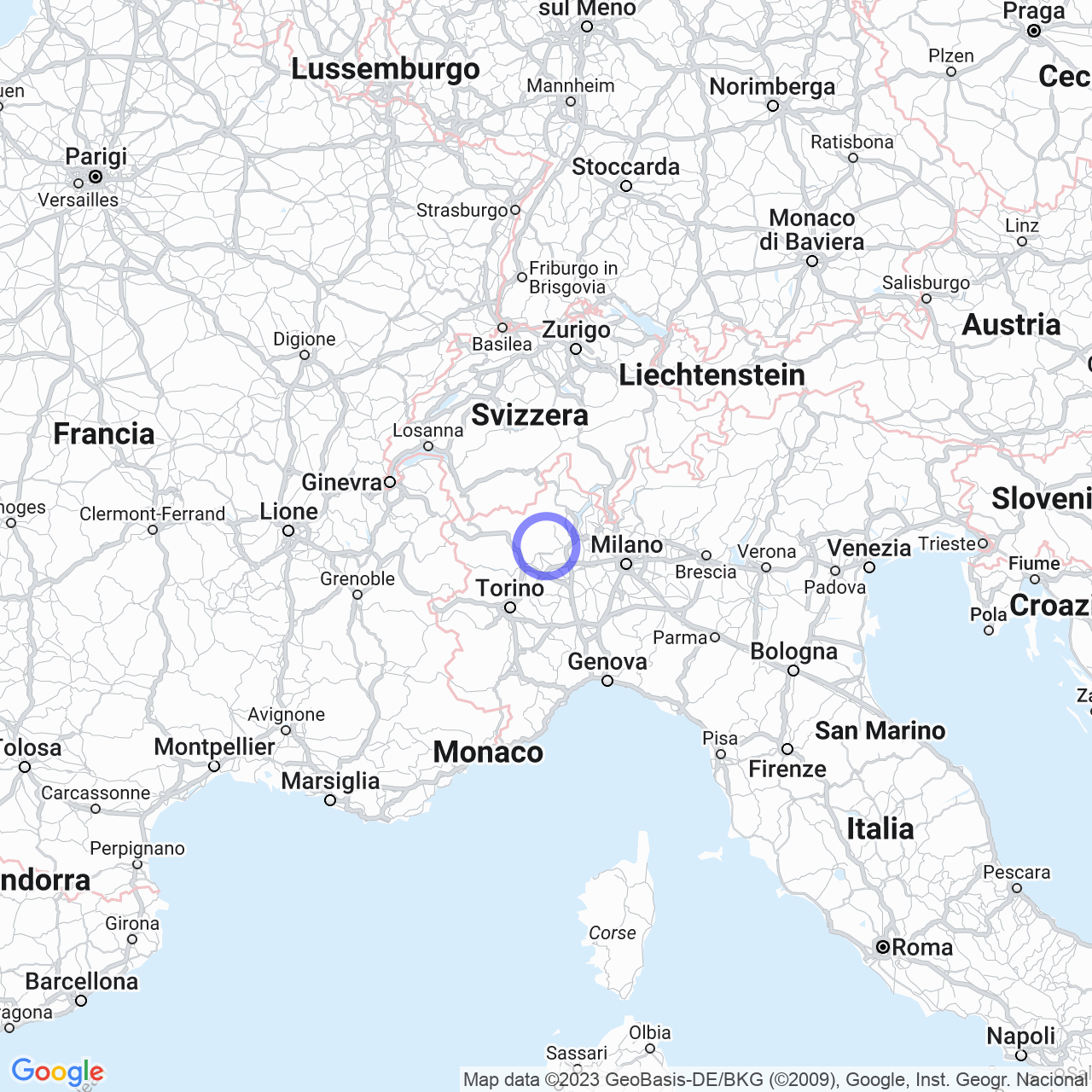Crocemosso
Croce Mosso: a brief introduction
Crocemosso, locally known as "La Cros," is a hamlet located 595 meters above sea level in the municipality of Valdilana. The village has a long and fascinating history dating back to the 19th century when it was a free commune known as Croce di Mosso. Today, after the merger of several municipalities, Croce Mosso has become a hamlet of Valdilana.
History
The name of the village derives from its strategic position as a crossing point between the road to Biella and the one leading to the mountains. Over the centuries, Croce Mosso has become an important center for the pastoral and woolen economy of the area.
The first Italian mechanized woolen mill was founded in Croce Mosso in 1816 by Pietro Sella. Among other entrepreneurs who contributed to the industrial development were Maurizio Sella, the Garbaccio, the Grosso, the Mino and the Rivetti-Badone families. In 1911, the Casa del Popolo was built, a symbol of the socialist ideology of the time.
In 1929, Croce Mosso was merged with Valle Mosso, putting an end to the autonomy of the municipality. Despite this merger, strong "campanilismo" (local patriotism) between the two villages still exists today.

Society
The inhabitants of Croce Mosso, known as crocemossesi, live in numerous hamlets along the ridges of the Valle Strona di Mosso. These hamlets can also be considered as "cantons" since they were originally based around a family nucleus that constituted an independent unit based on pastoralism.
However, despite the strong local identity, there has always been a strong sense of belonging to one country. When a resident was missing, two young people from the canton were sent to the others to announce the disappearance.
Conclusions
In conclusion, Croce Mosso is a fascinating village that encompasses a long history of industrial and pastoral development. Despite the loss of autonomy over time, crocemossesi continue to feel connected to their village and their local identity.
